MAINSPACE EXHIBITION /

To talk to the worms and the stars
Miruna Dragan
Maggie Groat
Rithika Merchant
Cindy Mochizuki
Curated by Natasha Chaykowski
September 15 — October 28
Exhibition Text
we are each atoms of significance
– Arthur Evans
We are stardust
– Joni Mitchell
Hildegard von Bingen wasn’t a witch. The 12th Century nun, living in what is now Germany, was wholly entangled in the structures of the Catholic Church, which since its legalization as the religious institution of the Roman Empire in the 4th Century CE has fuelled every kind of oppression, colonization, slavery, and warmongering. It’s the institution that invented the witch, and subsequently persecuted Her in all manner imaginable for seventeen centuries, continuing through to the present with various Christian churches’ condemnation of queer ways of living and abortion, for example. Make no mistake: Hildegard was complicit in these machinations.
Yet, she was a seer, a healer, a writer, an herbalist, and a cosmically inspired composer. She made up her own 23-letter language, Lingua Ignota. From a young age, she experienced visions, not dream-like and murky, but specific, electrifying, shimmering visions, which coursed through every one of her senses: “the shadow of the Living Light” as she described it. As Prioress, and guided by a particular vision, Hildegard fought incessantly for independence and space for her nuns, which she attained. A proto white feminist as it were. How might this remarkable yet problematic woman figure into a project about marginalized ways of knowing? A project built on research about knowledge held by women, by queer folx, by Indigenous people, by many more, despite the persistence of the structures of religion, capitalism, patriarchy, heteronormativity, and colonialism that have systematically sought to extinguish such ways of knowing?
In her portrait of the divisive nun, Rithika Merchant has delicately eviscerated Hildegard: two leaves, yonic, for her face, fiery triangles extending outward, possibly infinitely, as her eyes, and her stomach, her womb: a crystalline mountain, from which snaking tendrils of a vine curl outward and surround her as a sundog might. For Merchant, reimagining historical women through her idiosyncratic visual language is a means to make sense of an enduring widespread oppression of women. Merchant’s Hildegard seems a powerful earth goddess, yet her black habit flows starkly behind her, encapsulating the complexities of this historical nun, and more broadly, the ambiguities of knowledge and power. Hildegard von Bingen wasn’t a witch, but in a way, she was.
Miruna Dragan’s In the sage telestic waters… I see… (2016/17) is a large-scale sculptural work made through the practice of molybdomancy, an old and persistent form of knowing, of divining, of telling fortunes. Molten metal, in this case aluminum, is dropped into cold water, resulting in the quick jarring of the metal into solid forms, which in turn are interpreted, either directly or via the shadows they cast. In her installation, Dragan invokes one of the earliest human wonderments: light. She creates white light using separate red, blue, and green bulbs; when the white light is interrupted, it breaks apart into cyan, magenta, yellow, as if a kind of magic, a kind of alchemy.
Fortune telling extends across time, histories, cultures, and geographies and exists in innumerable forms. Often cast as pseudoscience by a persistent and myopic white patriarchy, these multitudinous ways of knowing, like so many others, have persisted and flourished even. Cindy Mochizuki has long been sought out for her fortune telling ability, which in turn has informed her practice—they are in a sense one and the same project. In Fortune House (2014/2017), Mochizuki offers fortune readings in exchange for stories, which then become the material for further artistic production. 105 Chrysanthemums (2016) explores the architecture of dreams. Made of porcelain and chlorite, a mineral known for its healing and metaphorically magnetic properties, this sculptural installation was born of images recounted from a dream had by the artist’s grandmother. In these works, and throughout her practice, Mochizuki advocates for tender yet powerful ways of knowing that circumvent a crude limit set by patronizing discourses of science.
“To talk to the worms and the stars” is a quote from Arthur Evans’ 1978 treatise Witchcraft and the Gay Counterculture, wherein Evans argues that in order to escape the oppression of the violent systems that we find ourselves entangled in, we should return to old ways of knowing. For this exhibition, Maggie Groat created a new work what it is / what is it to walk around with one hand in the sky and the other in the earth (2017) comprised of salvaged wood, a collage and handmade garments made to garden in, to grow the stuff that will feed her and her family in the coming months, returning to foundational ways of knowing—sewing, growing, collecting—that allowed humans to thrive as a species. This new work is presented here, along with an older one: Moonlight Reflectors or A Proposal for Returning Moonlight Back to the Moon (2011 – ongoing), a series of reflective objects poetically assembled to eponymou sly return light back to the moon. Growing is so moored to the movements of the moon; the moon, moored to the light of the Sun; our bodies, comprised of the elemental stuff of other suns. All of this encapsulated in the task of growing a pumpkin. In returning to these things—the worms and the stars—as Evans suggests, perhaps there is the chance that we may know otherwise, to access things patriarchal structures of knowledge are too young to know.
Natasha Chaykowski
Image credit: Family photograph, circa 1992. Archive of the curator.
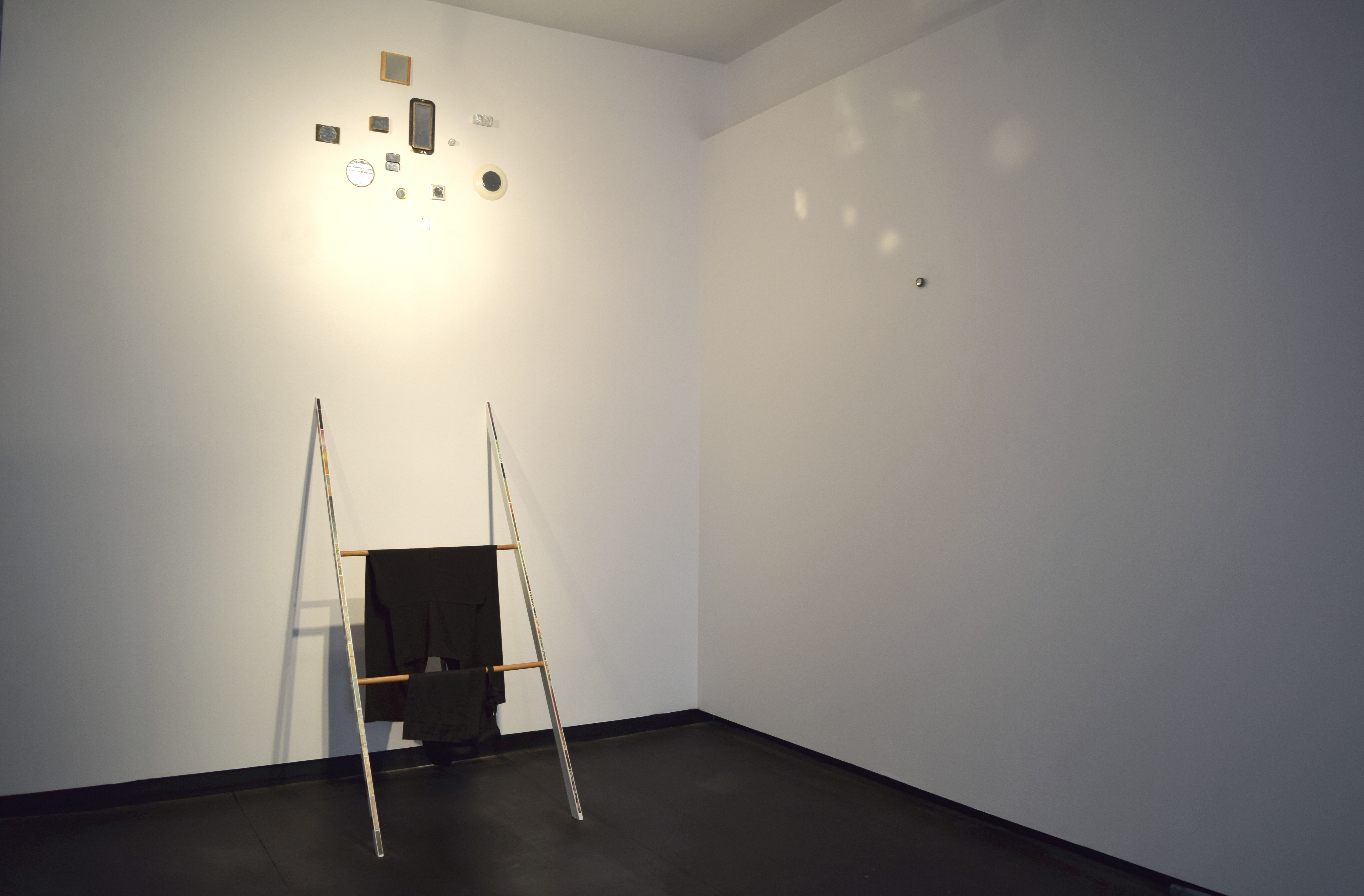
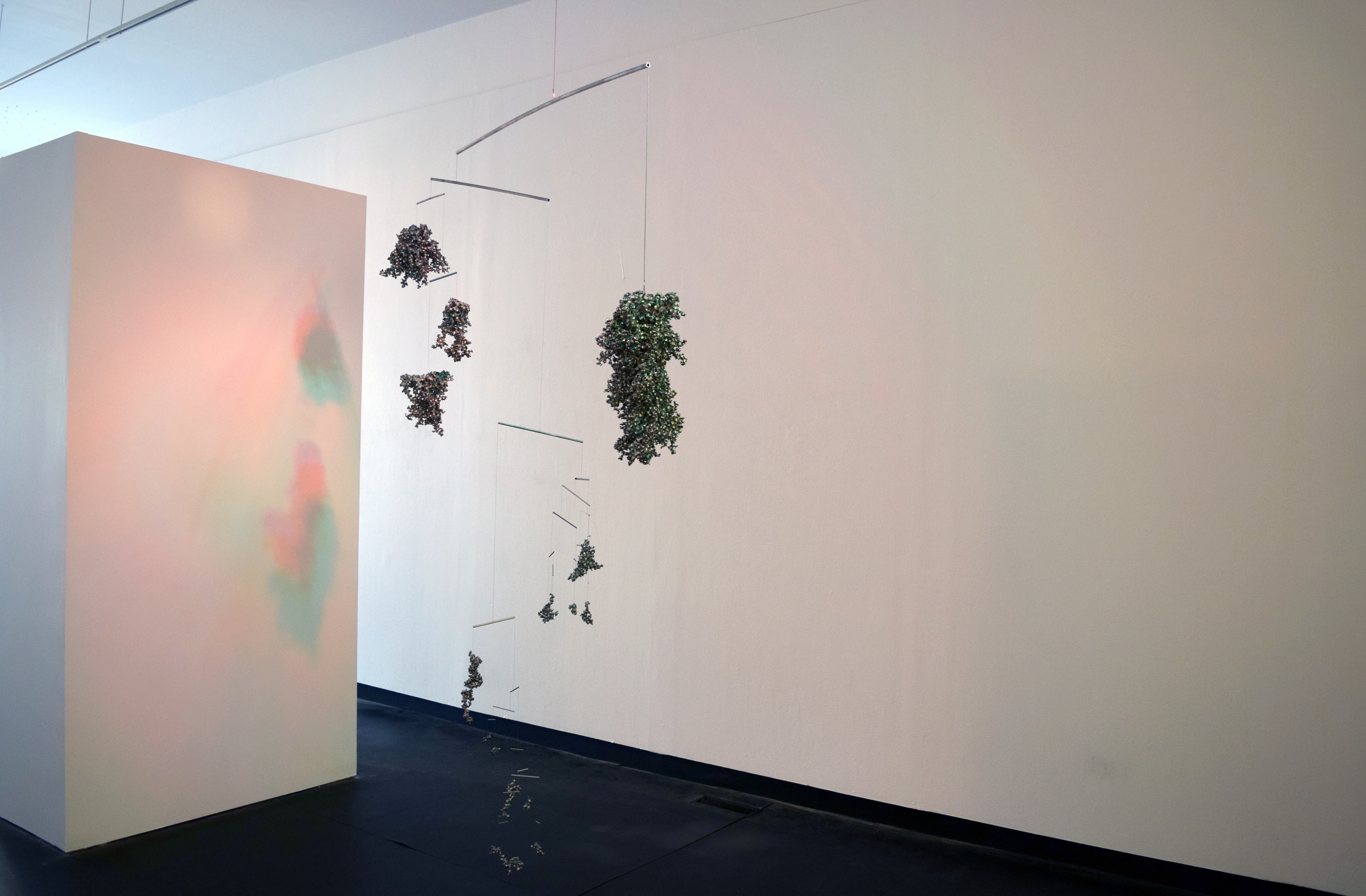
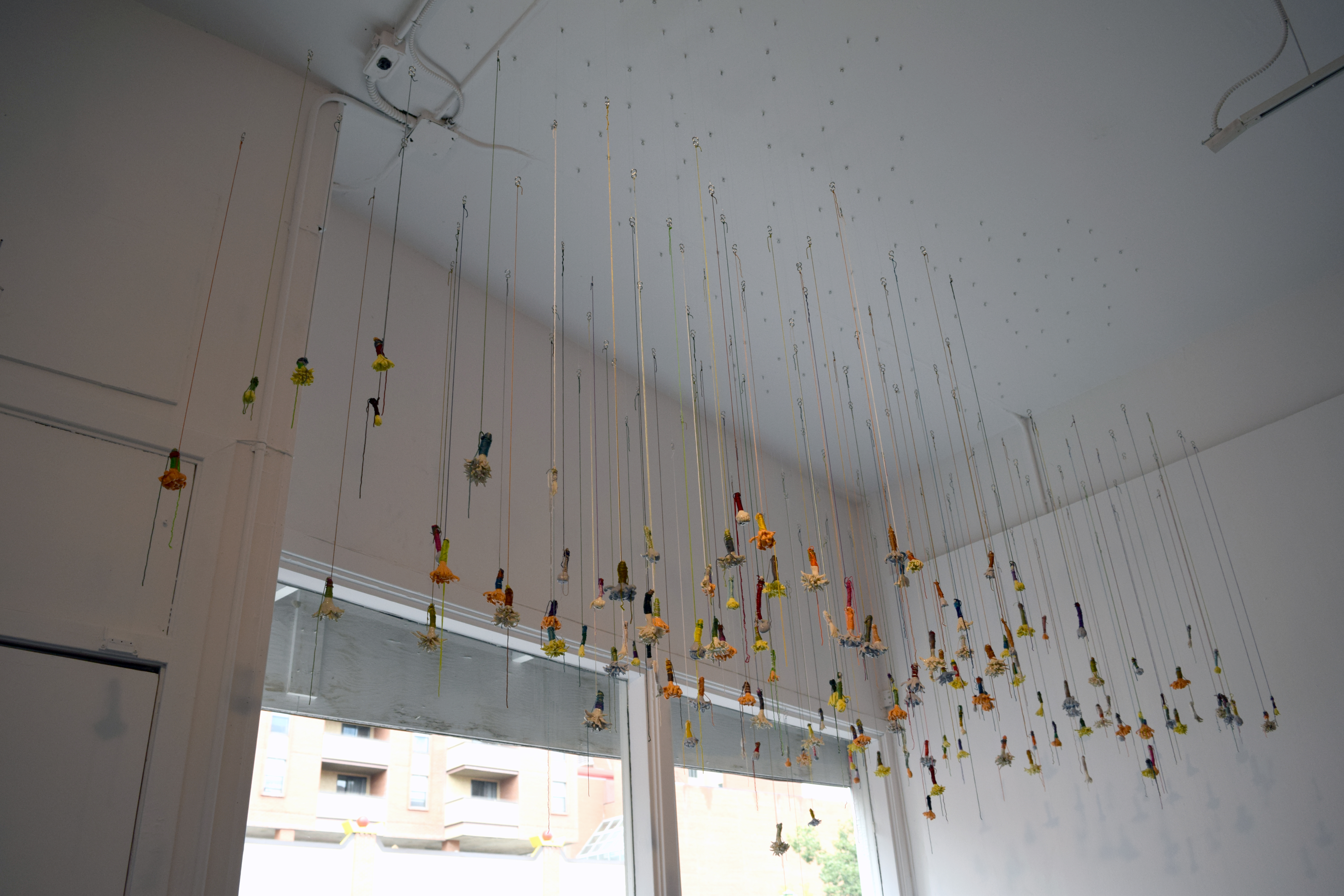
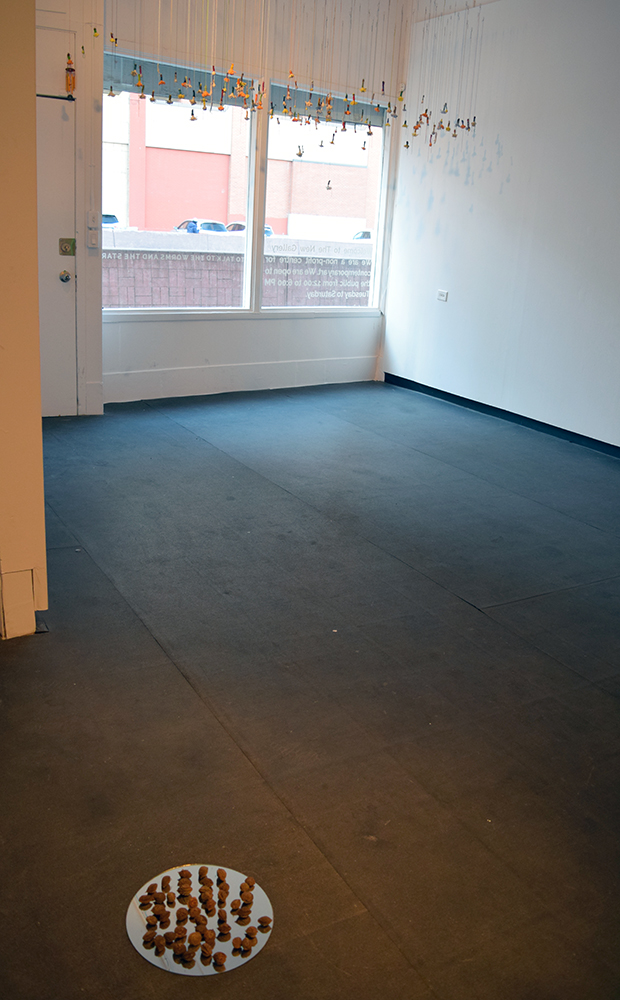
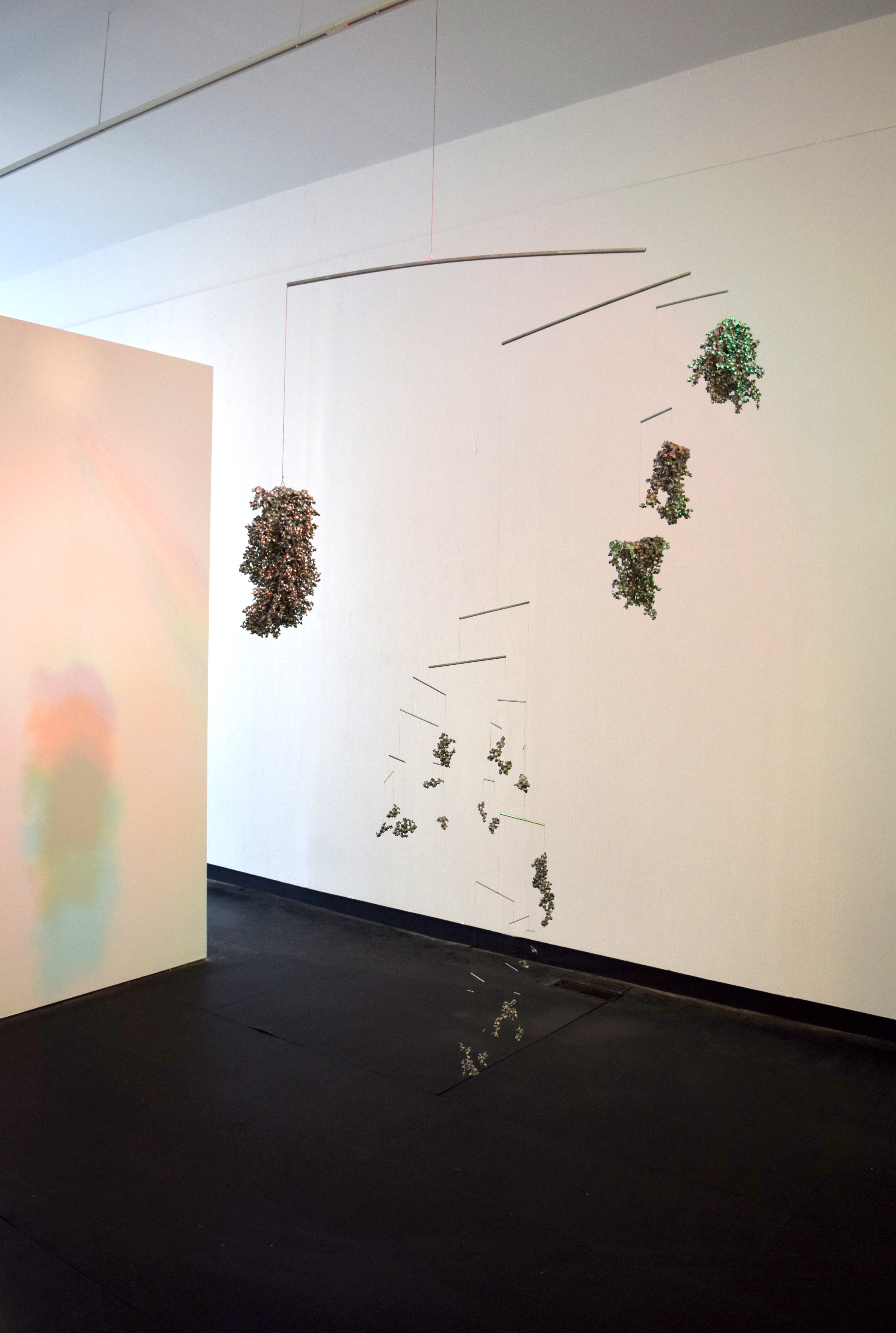
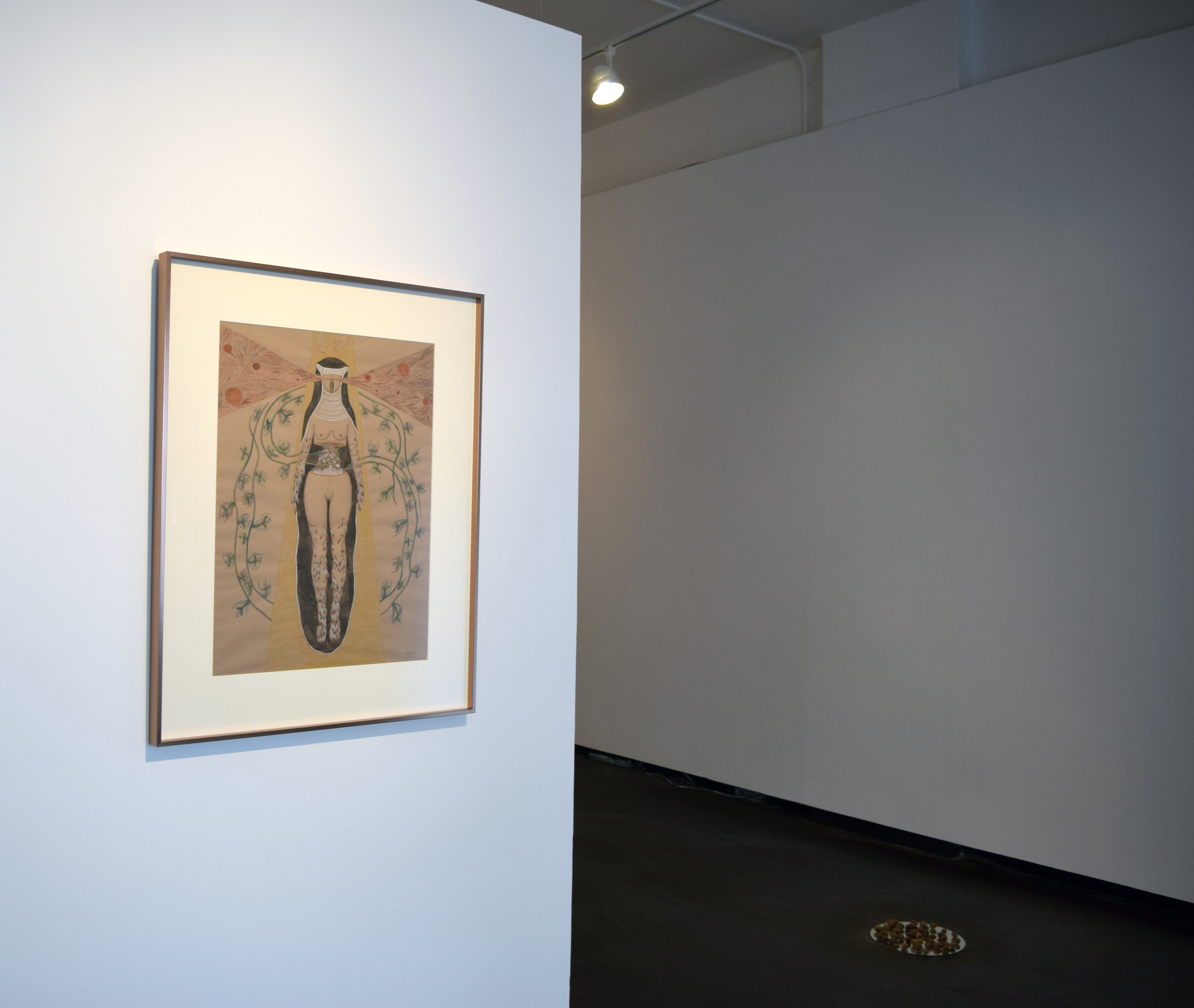
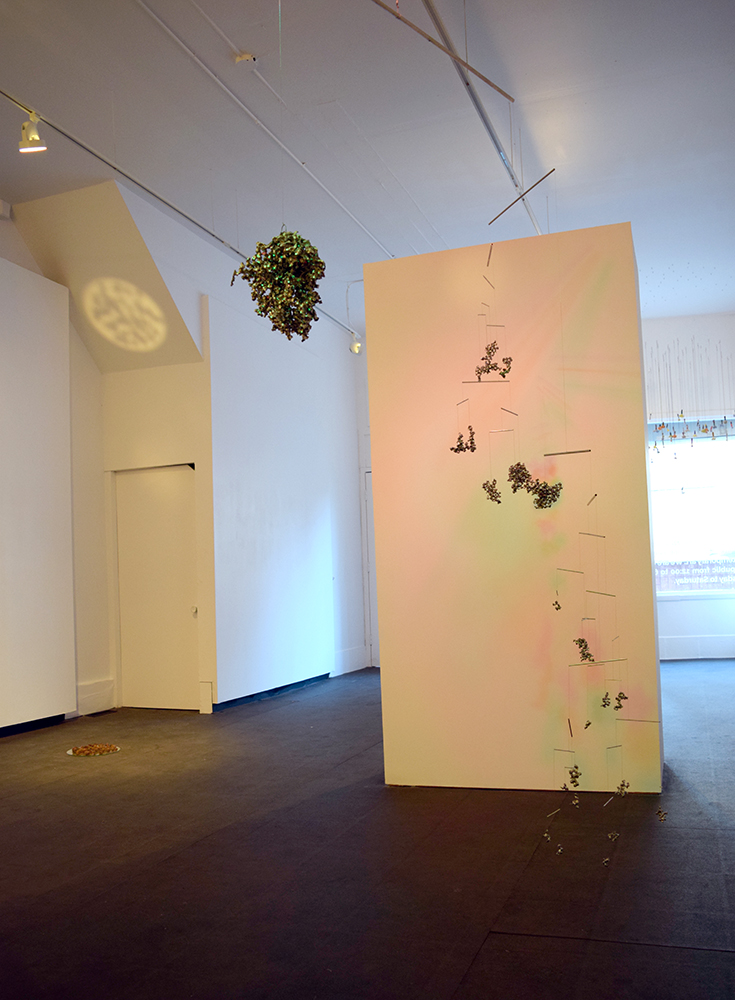
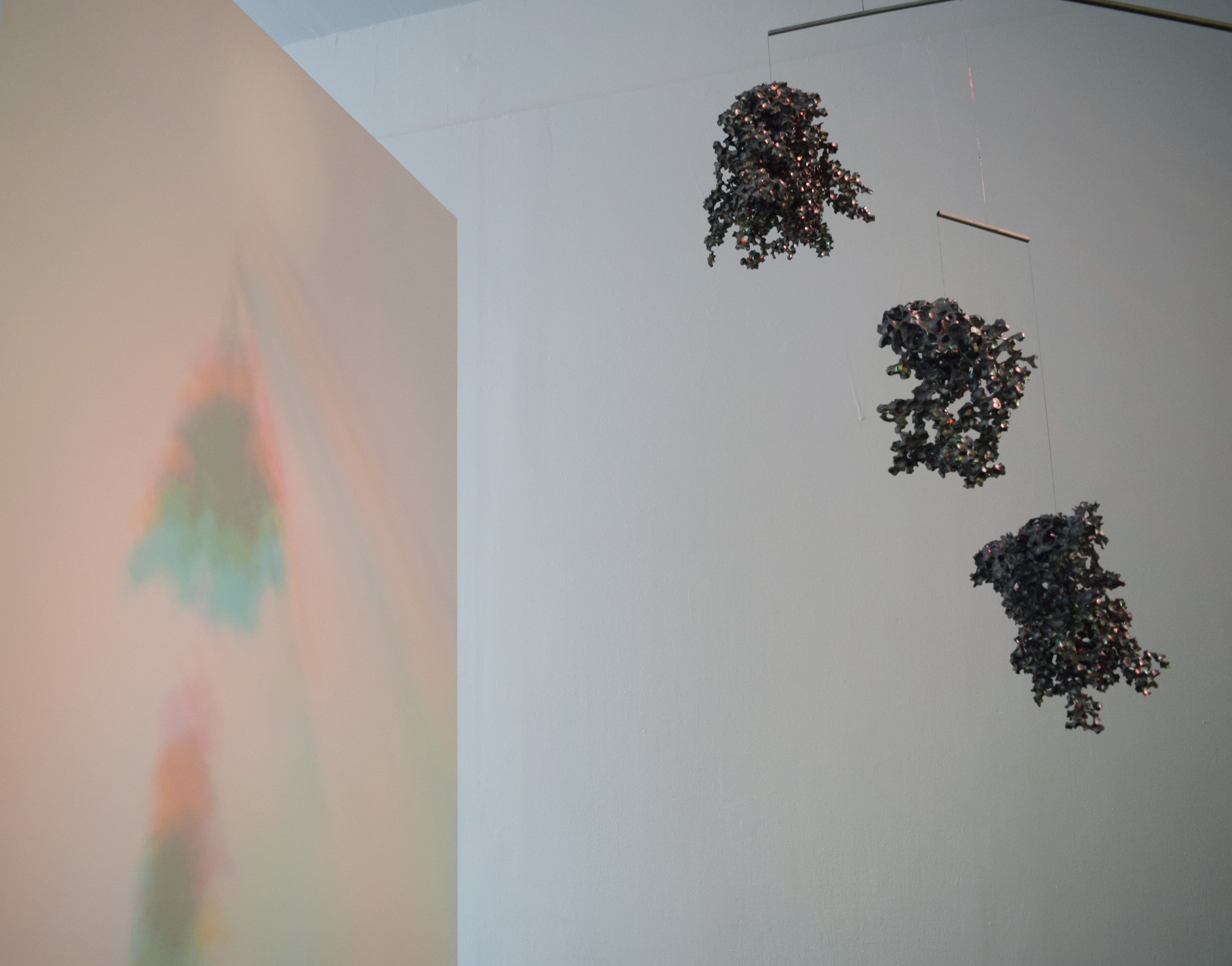
Biographies
Natasha Chaykowski is a Calgary-based writer and curator. Currently, she is Director of Untitled Art Society.
Miruna Dragan‘s works reflect themes of dispersion and transcendence through an interdisciplinary manipulation of a broad range of methods and materials toward a subjective reimagining of archetypal myths and landscapes. Recent exhibitions include Museo de la Ciudad in Queretaro Mexico (2012), the Esker Foundation in Calgary (2013), G Gallery in Toronto (2014), Nanaimo Art Gallery (2015), Southern Alberta Art Gallery in Lethbridge (2016/17), and Nickle Galleries at the University of Calgary opening this October.

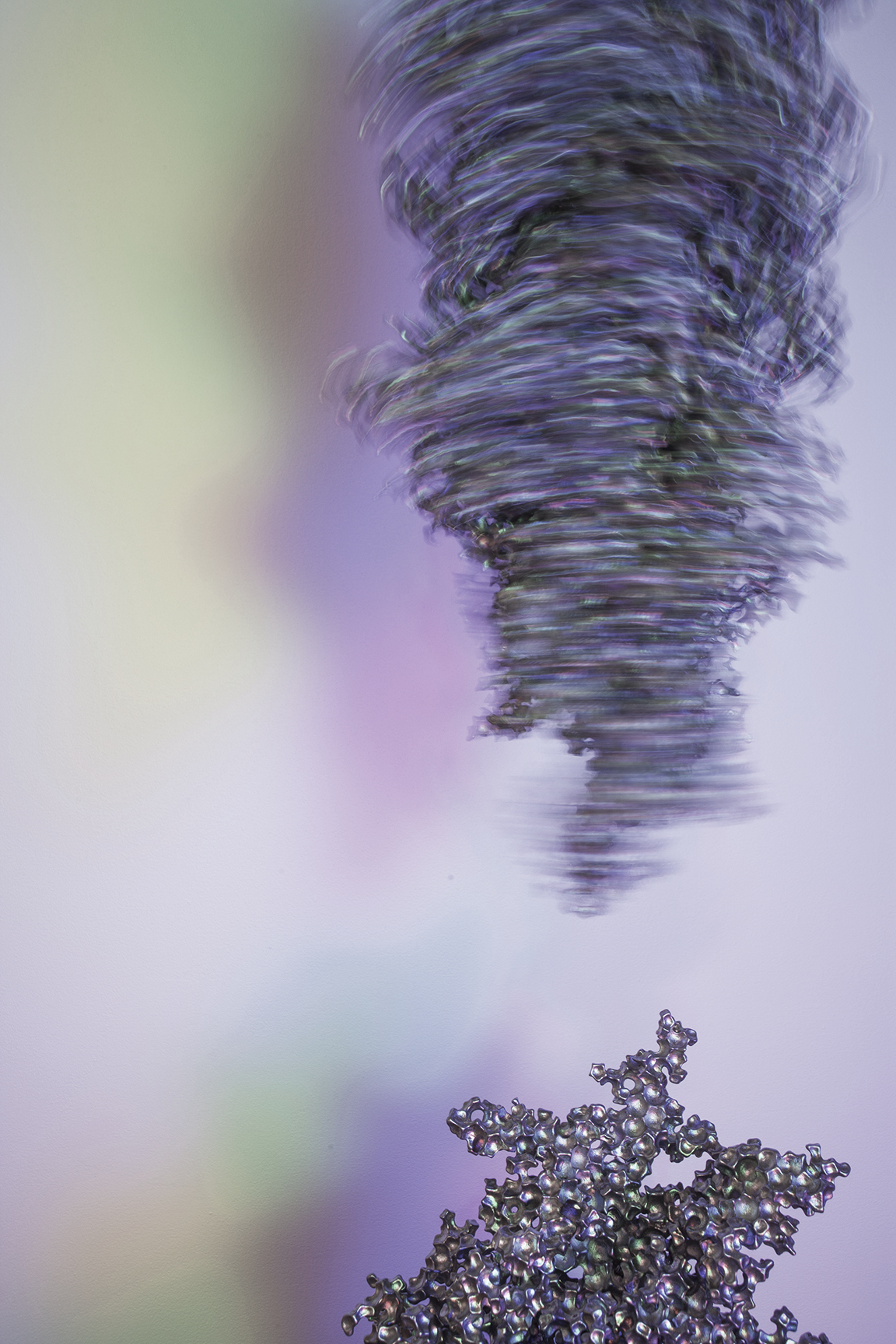



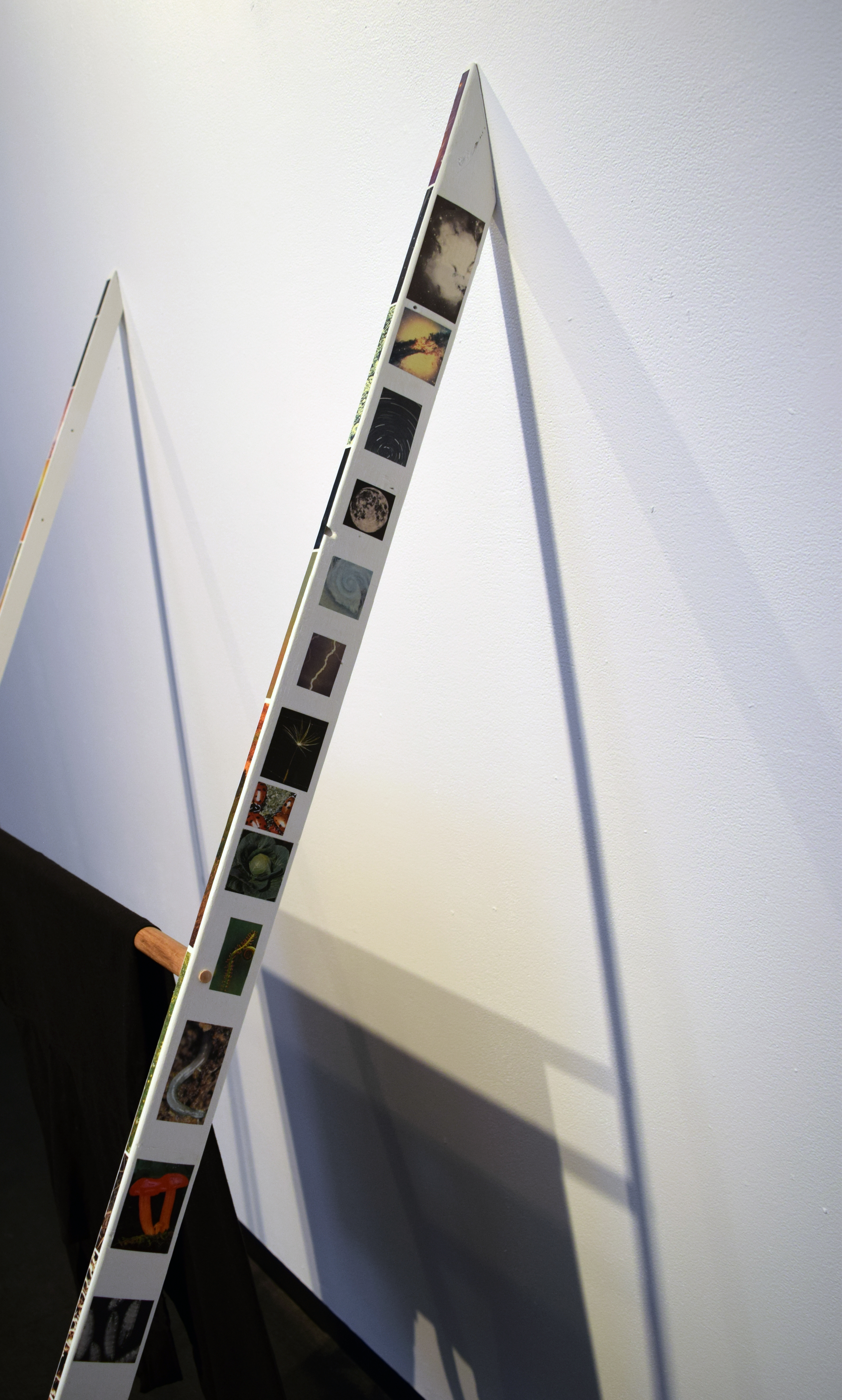
Maggie Groat works in a variety of media, including works on paper, sculpture, textiles, site-specific interventions and publications. Her current research surrounds site-responsiveness with regards to shifting territories, alternative and decolonial ways-of-being, methodologies of collage, and the transformation of salvaged materials into utilitarian objects for speculation, vision and action. Groat studied visual art and philosophy at York University before attending The University of Guelph, where she received an MFA degree (2010). Groat has taught at Guelph, the University of Toronto and at Emily Carr University of Art and Design as the Audain Artist Scholar in Residence (2014). Recently, her work has been included in exhibitions at Mercer Union, YYZ Artists’s Outlet, Art Gallery of York University, Western Front, SFU Audain Gallery, Rodman Hall Art Centre, and Walter Philips Gallery. Groat is a member of the Skarù:reʔ Nation and currently lives and works between the Niagara Escarpment and the Southwestern shore of Lake Ontario.
Rithika Merchant (b.1986) received her Bachelor’s Degree in Fine Arts from Parsons the New School for Design, New York in 2008. She has exhibited extensively since her graduation including a number of solo exhibitions in Mumbai, New York, and Lisbon. Recent exhibitions include a duo show “Reliquaries: The Remembered Self” at TARQ, Mumbai, and “Language of the Birds: Occult and Art” at 80WSE Gallery, New York, as well as group shows at Summerhall, Edinburgh and Artry Gallery, Kochi. Her work has been included in multiple group shows at Stephen Romano Gallery and The Morbid Anatomy Museum, New York. She had her debut solo show “Luna Tabulatorum” at Stephen Romano Gallery in 2015, as well as her debut solo show in Madrid “Intersections” at Galeria Combustion Espontanea in 2016. Born in Bombay she now divides her time between Bombay and Barcelona.

Cindy Mochizuki creates multi-media installation, performance, animation, drawings, and community-engaged projects that consider spaces that explore the intersections of both fiction and documentary. Her projects are often site-specific and engage historical memory, displacement and the invisible. Her community-engaged projects work within and outside the parameters of social practice, performance and magic to often manifest stories. She has exhibited and screened her work both nationally and internationally. She has received her MFA in Interdisciplinary Studies from the School For Contemporary Arts at Simon Fraser University.
A special thank you to Chateau Kwong (VRBO listing #873983) for hosting the artist, Jarvis Hall Gallery for providing framing, Magnus Tiesenhausen for technical support as well as Tarq Gallery for lending Rithika Merchant’s piece in the exhibition.
This project was generously funded with support from the RBC Emerging Artist Project.

